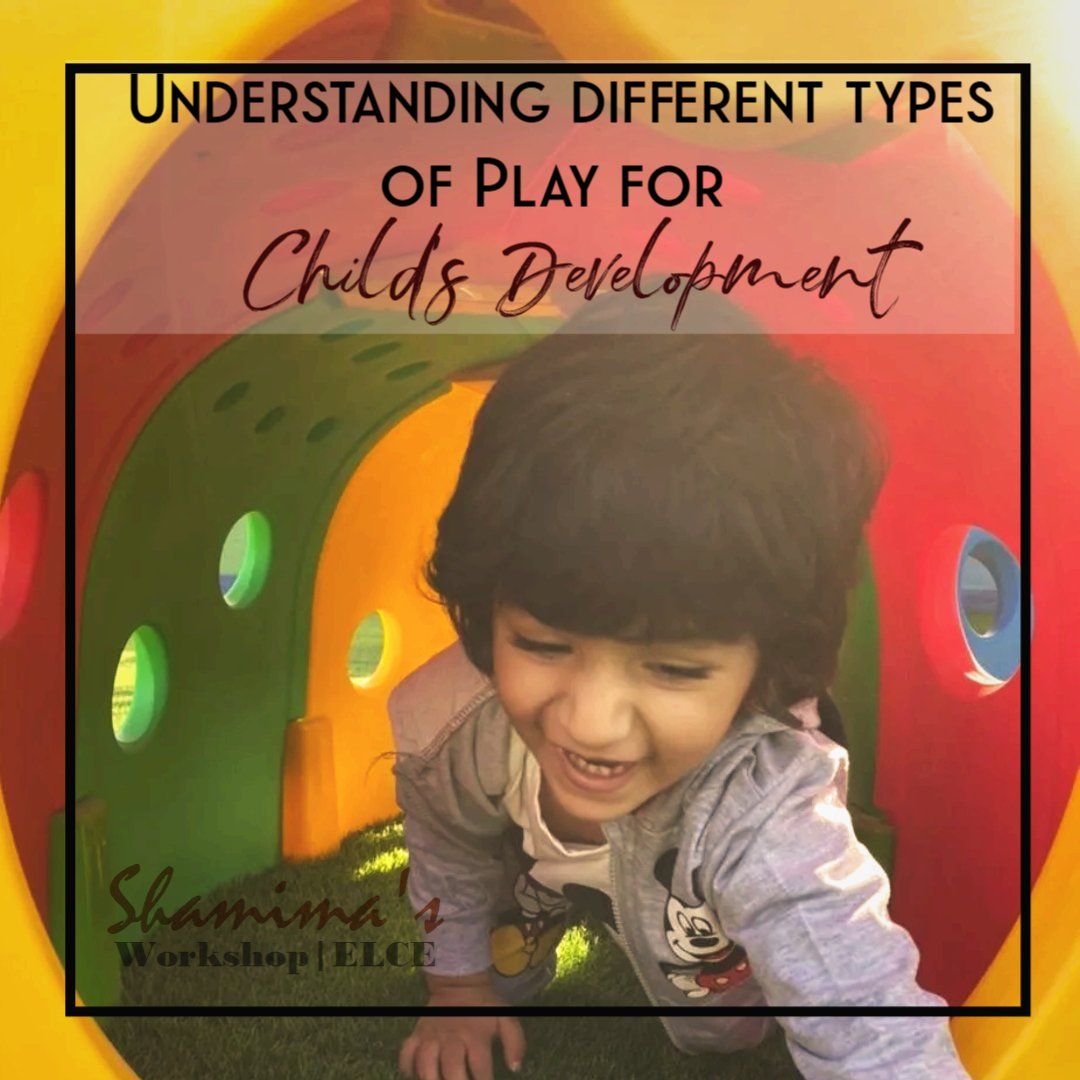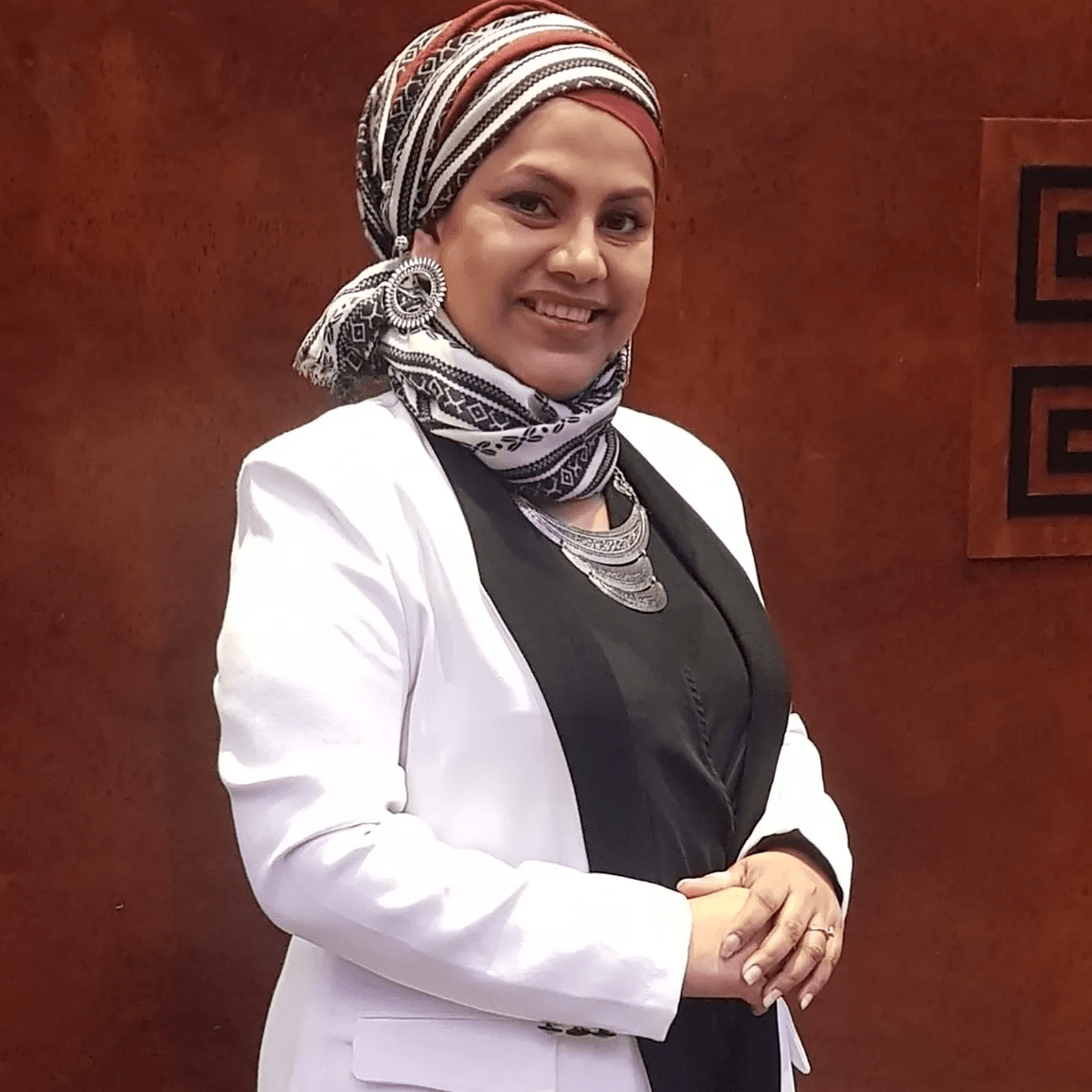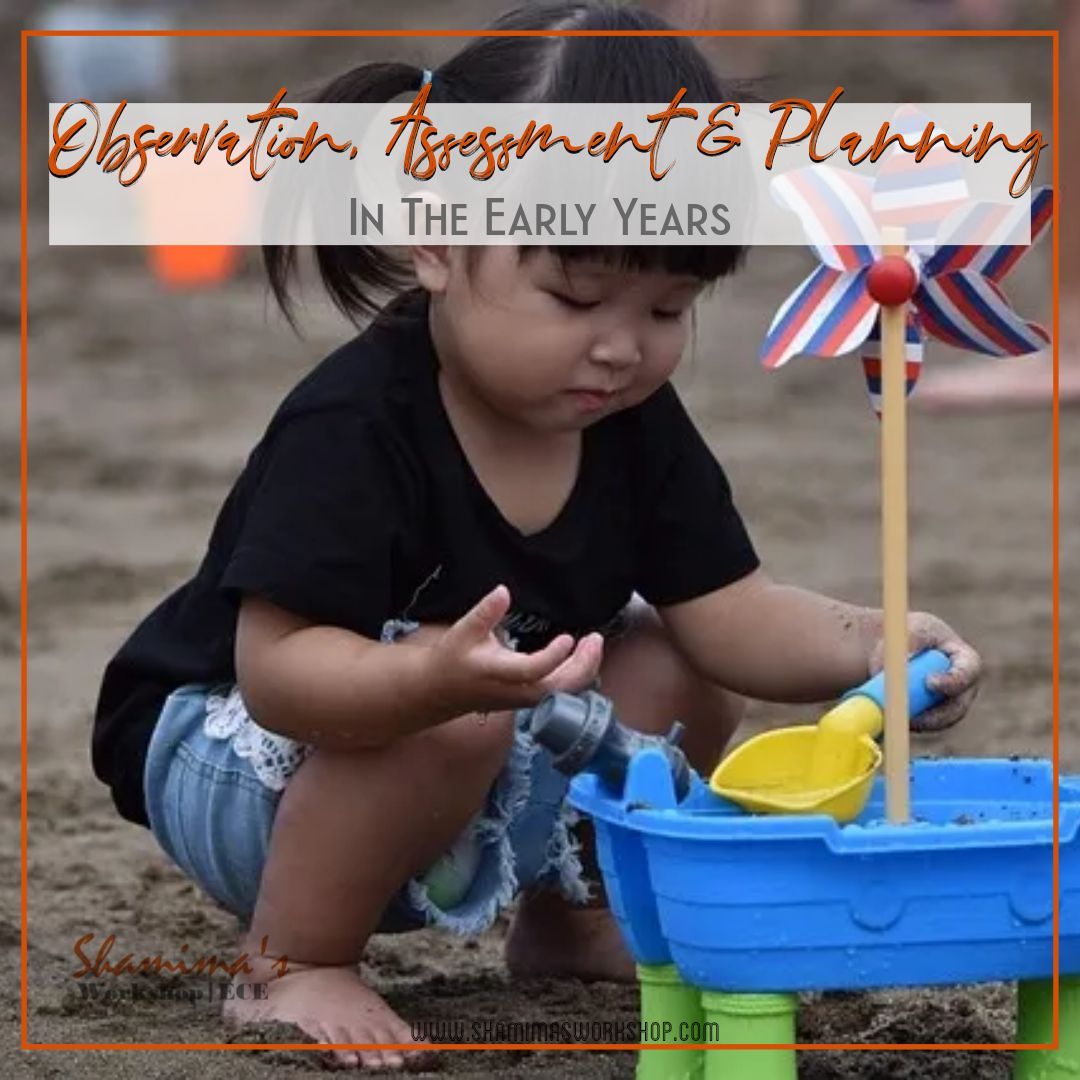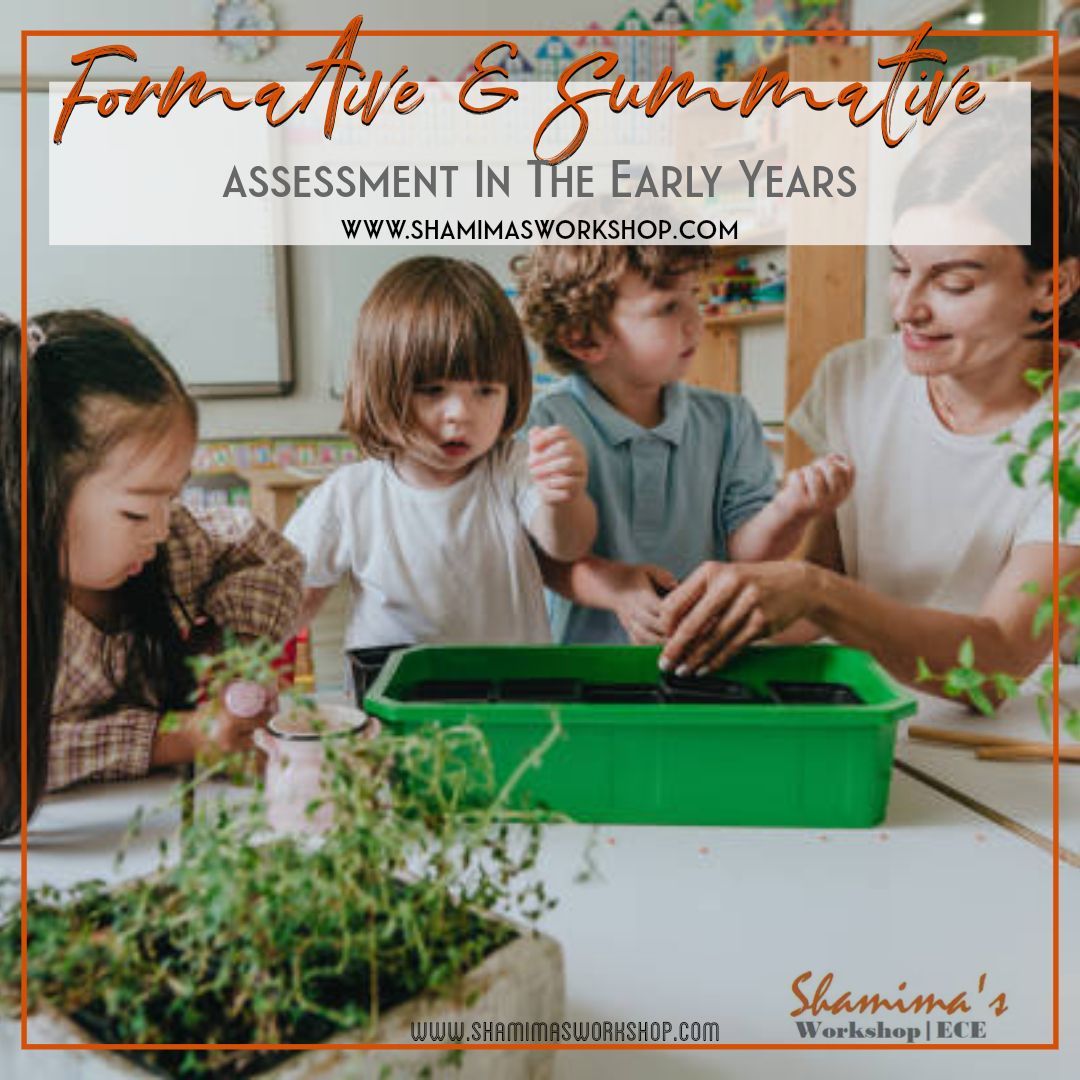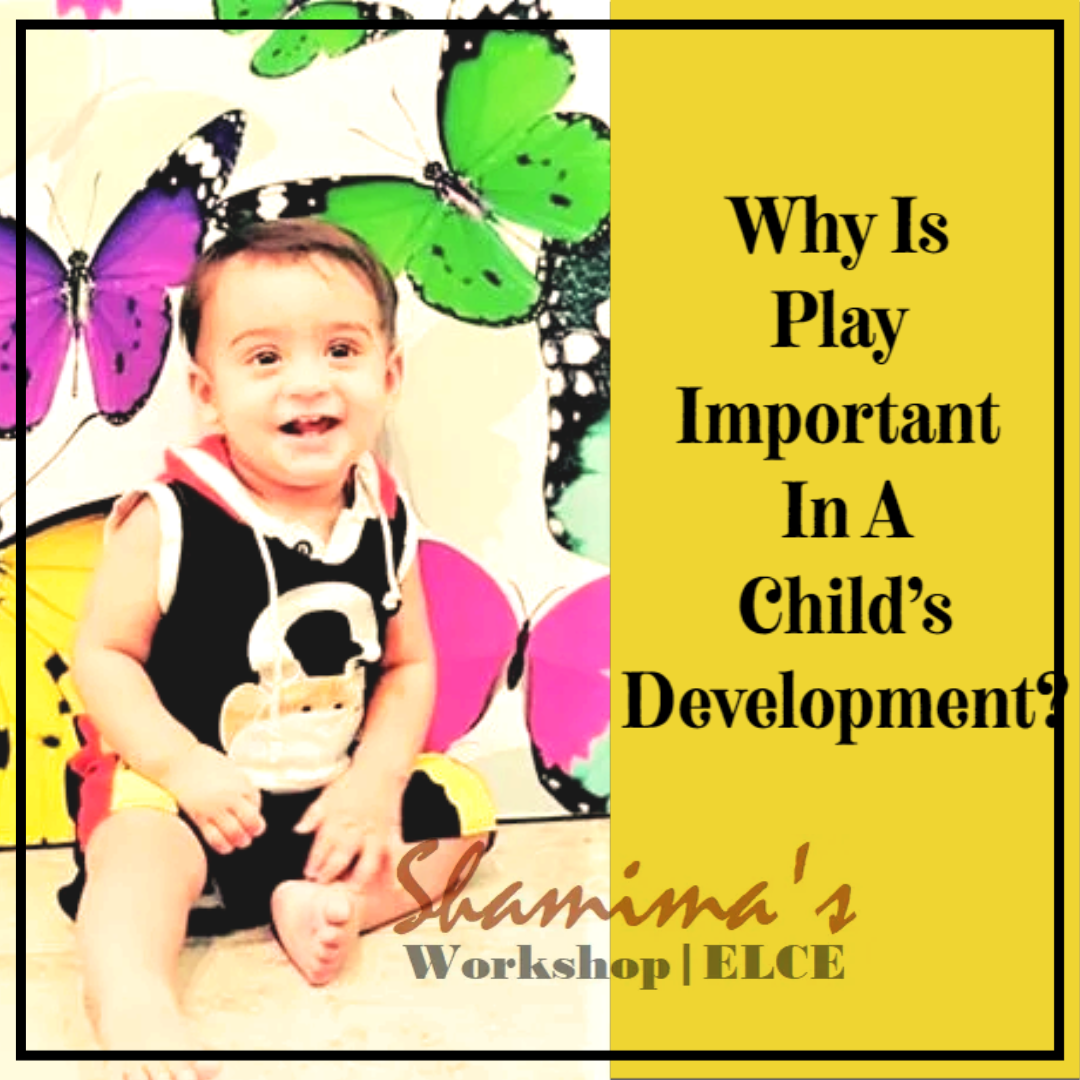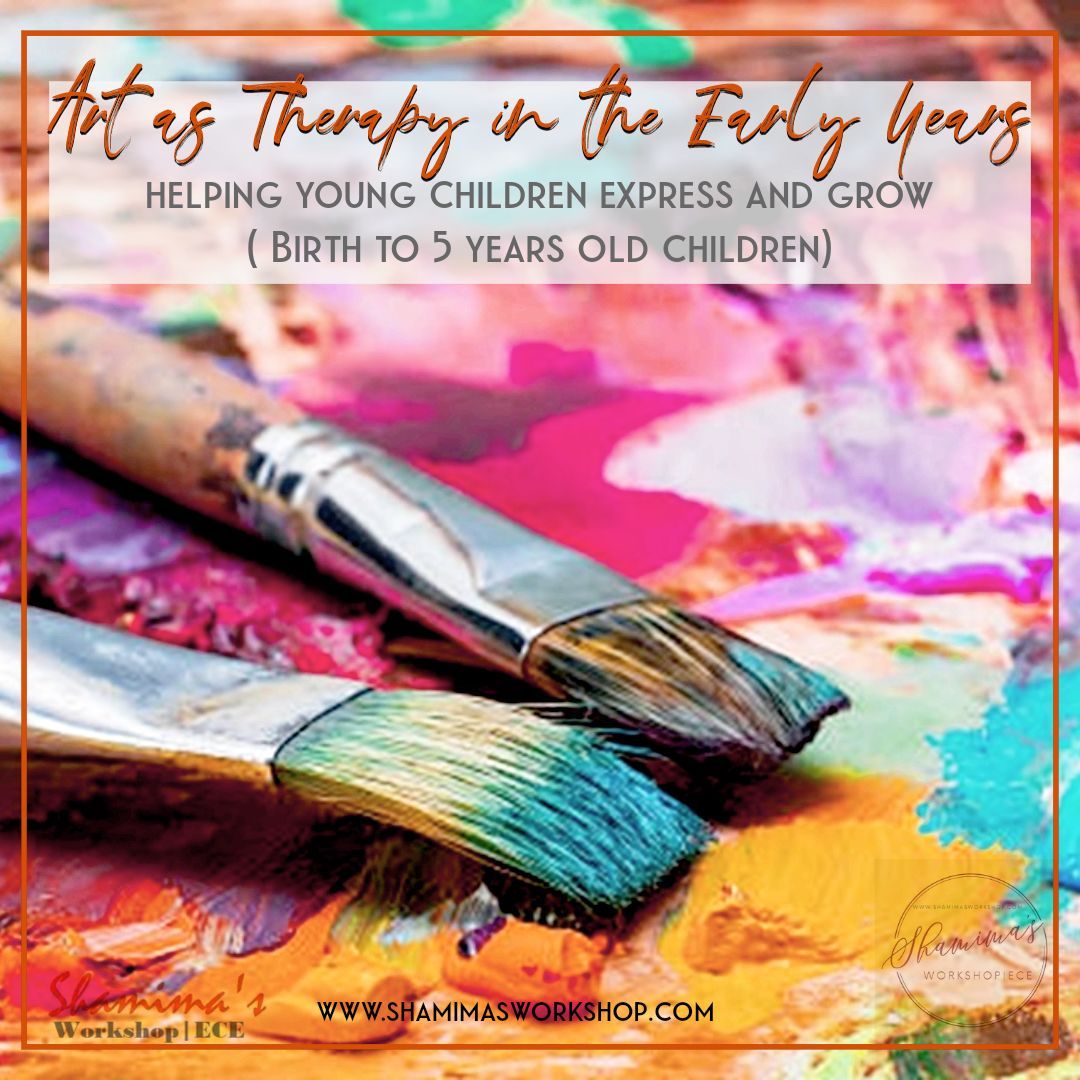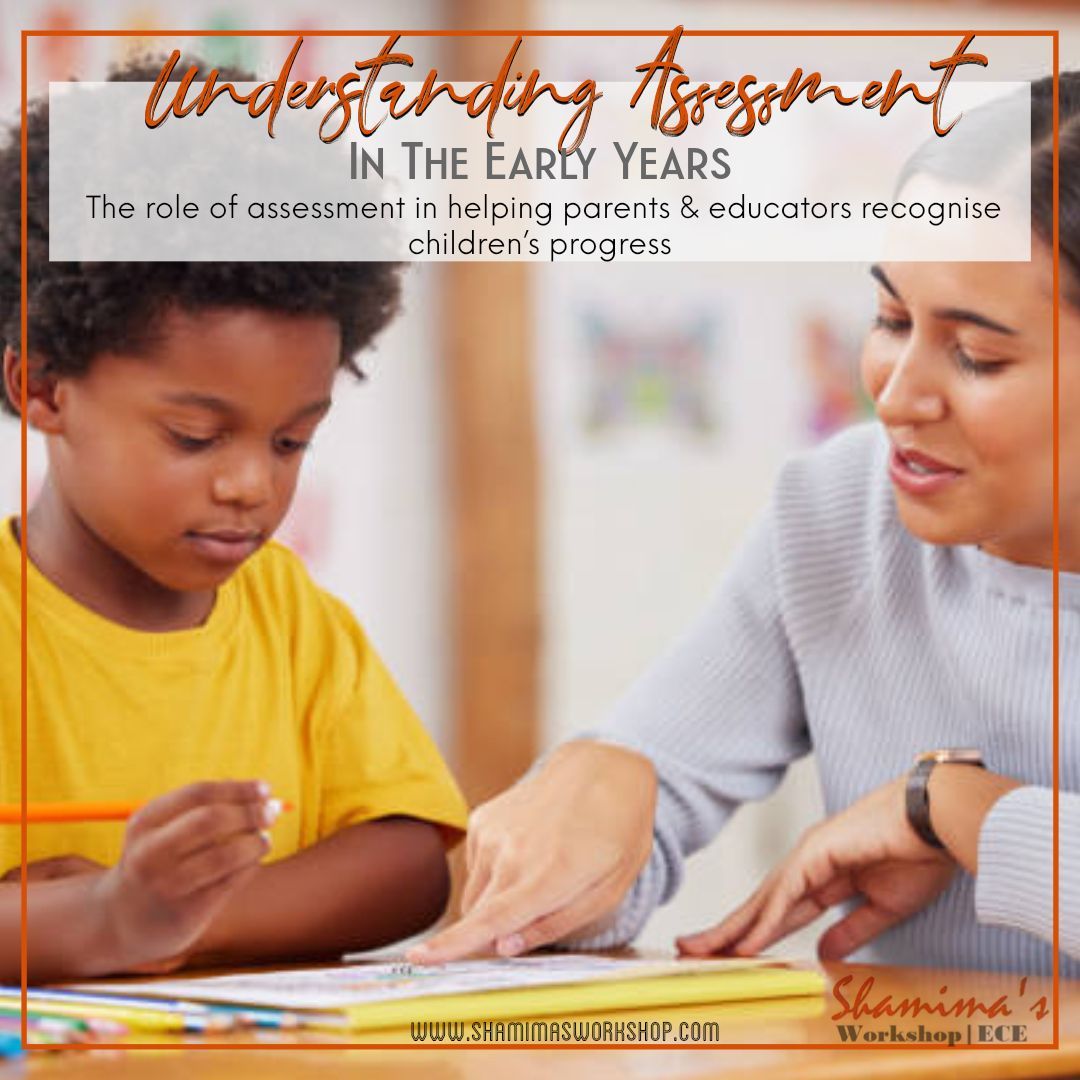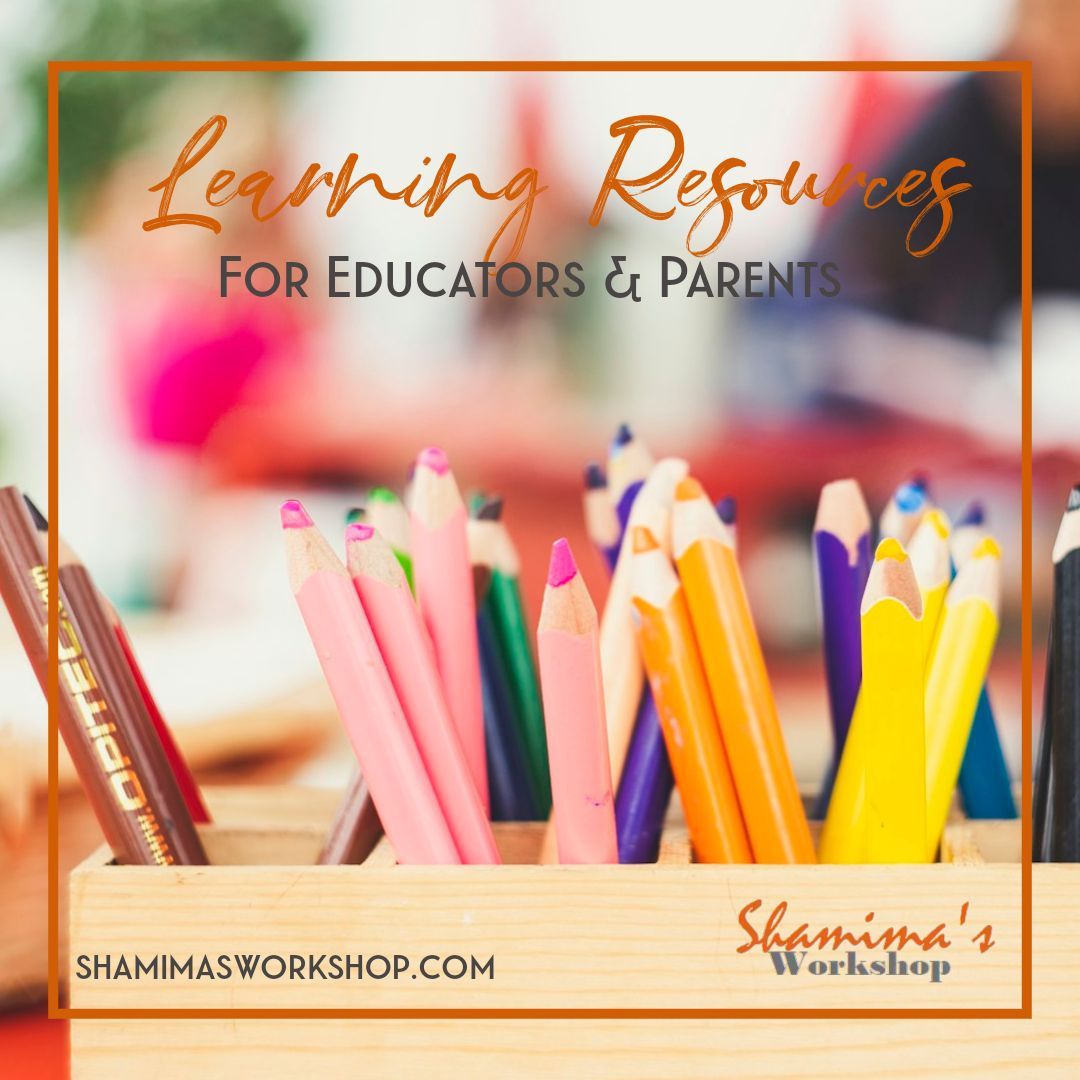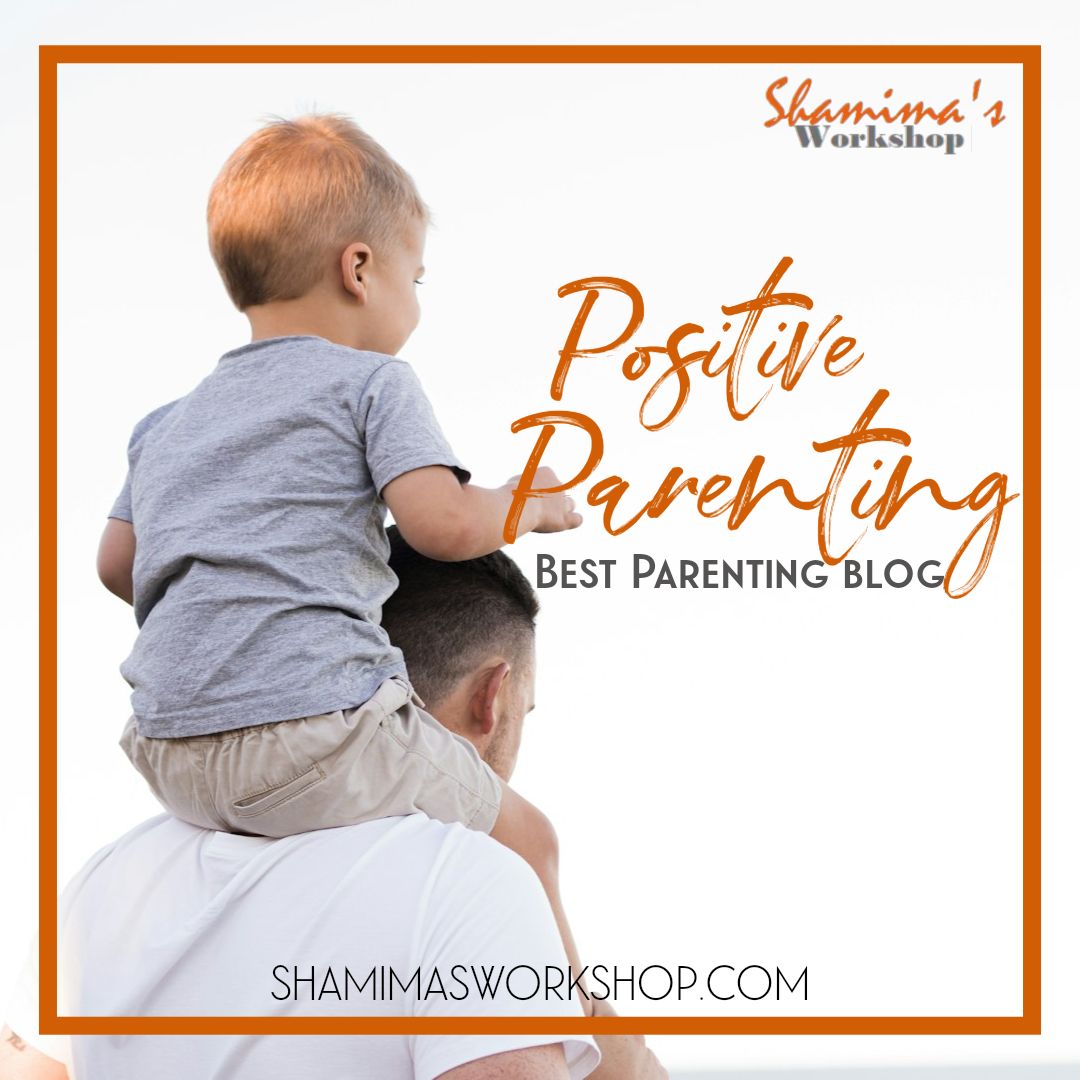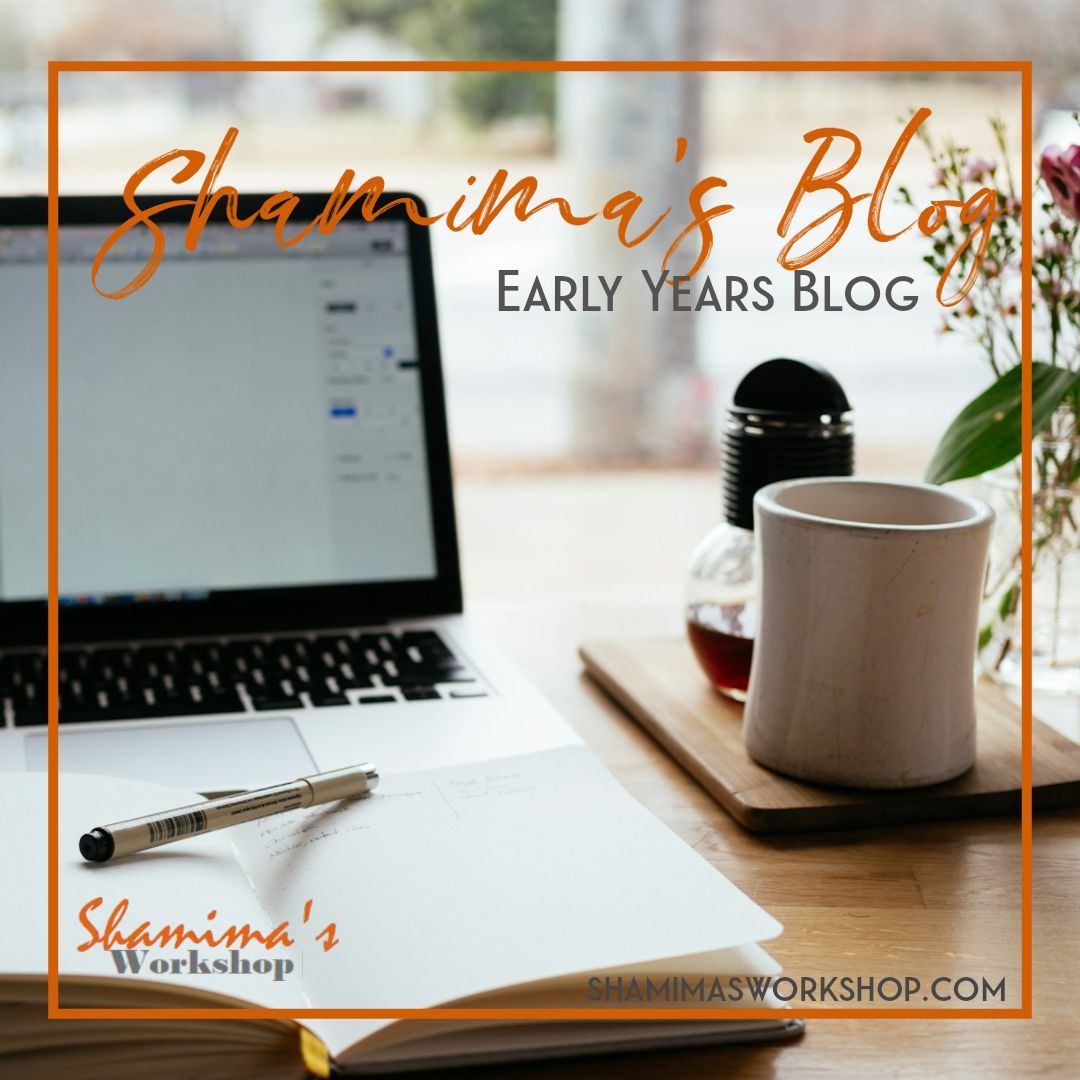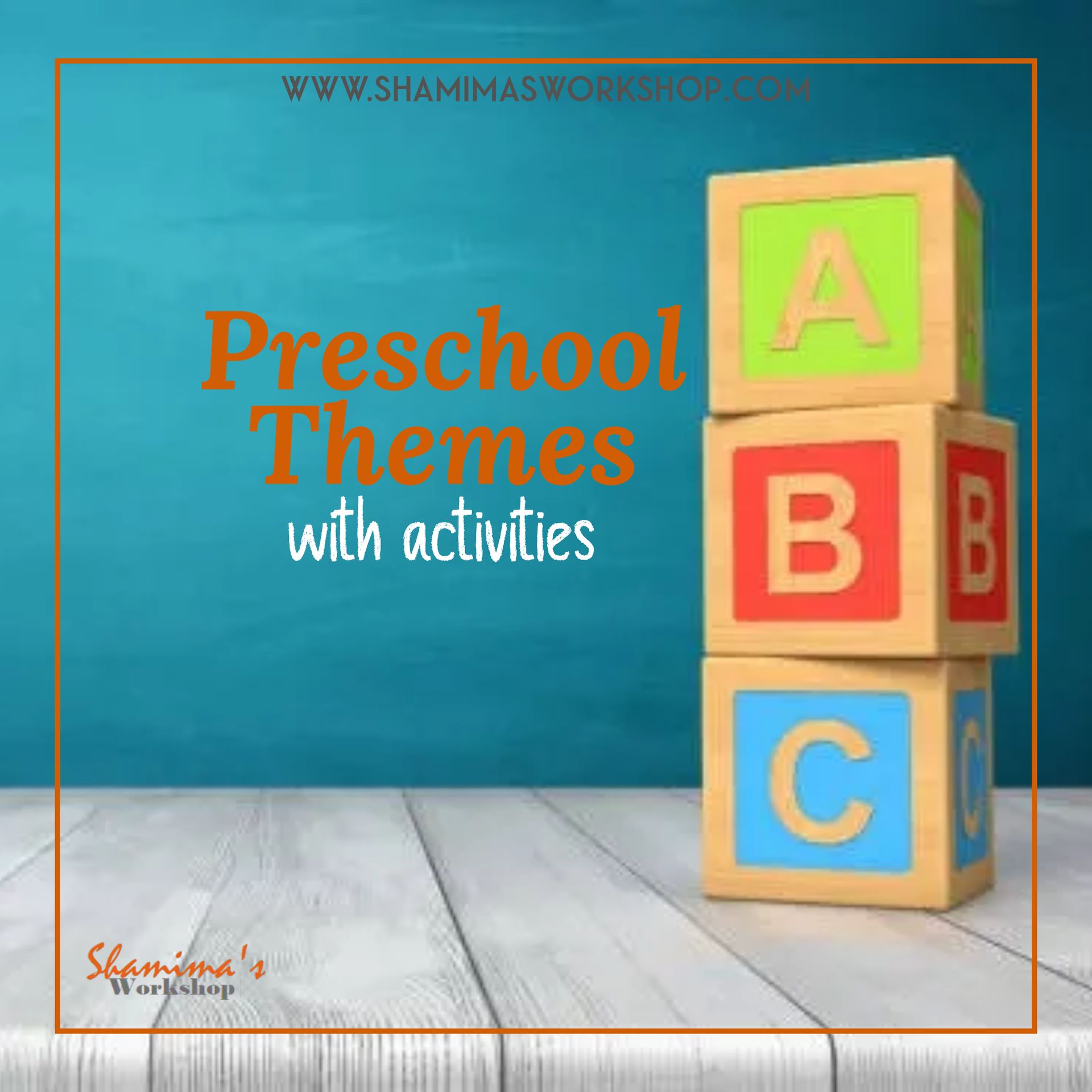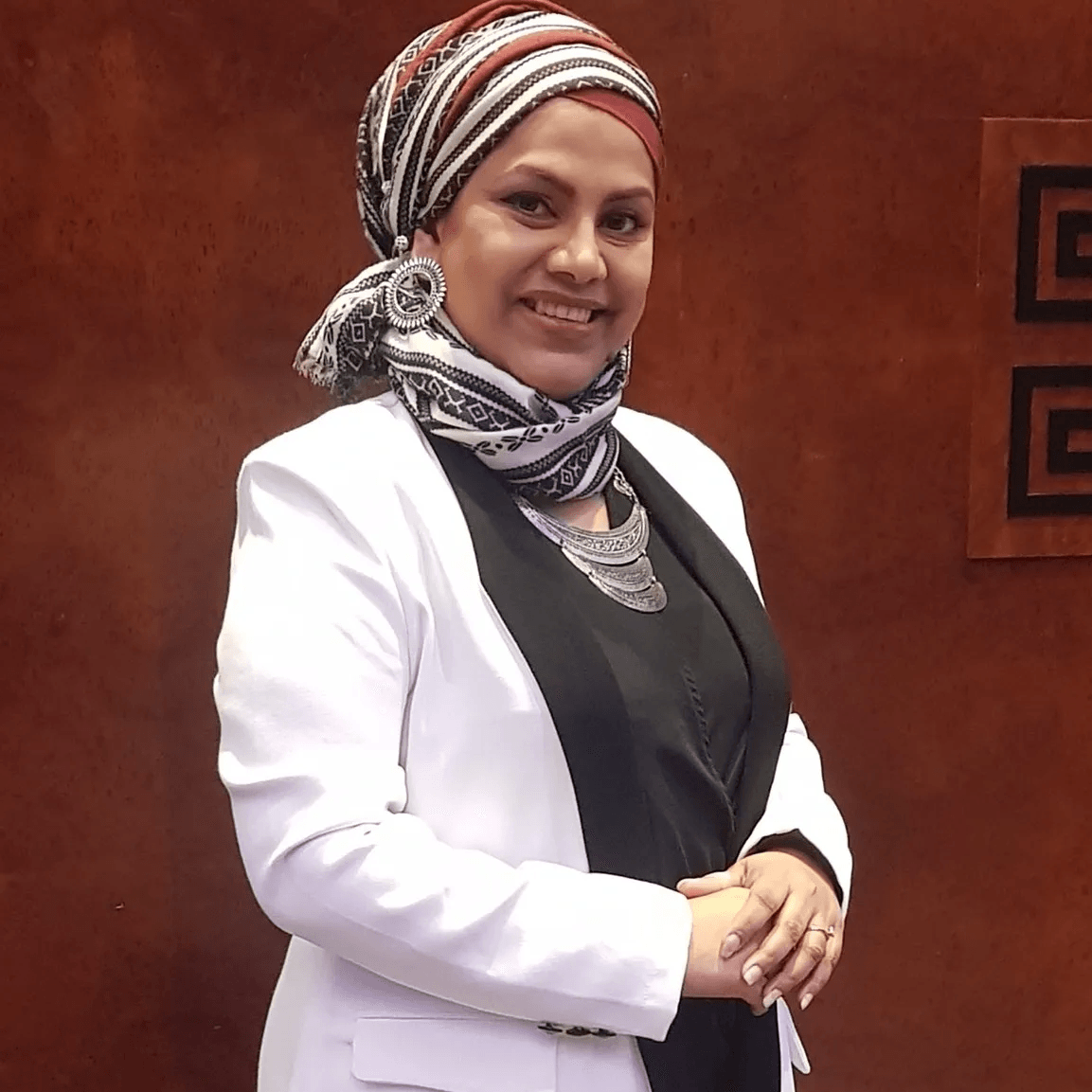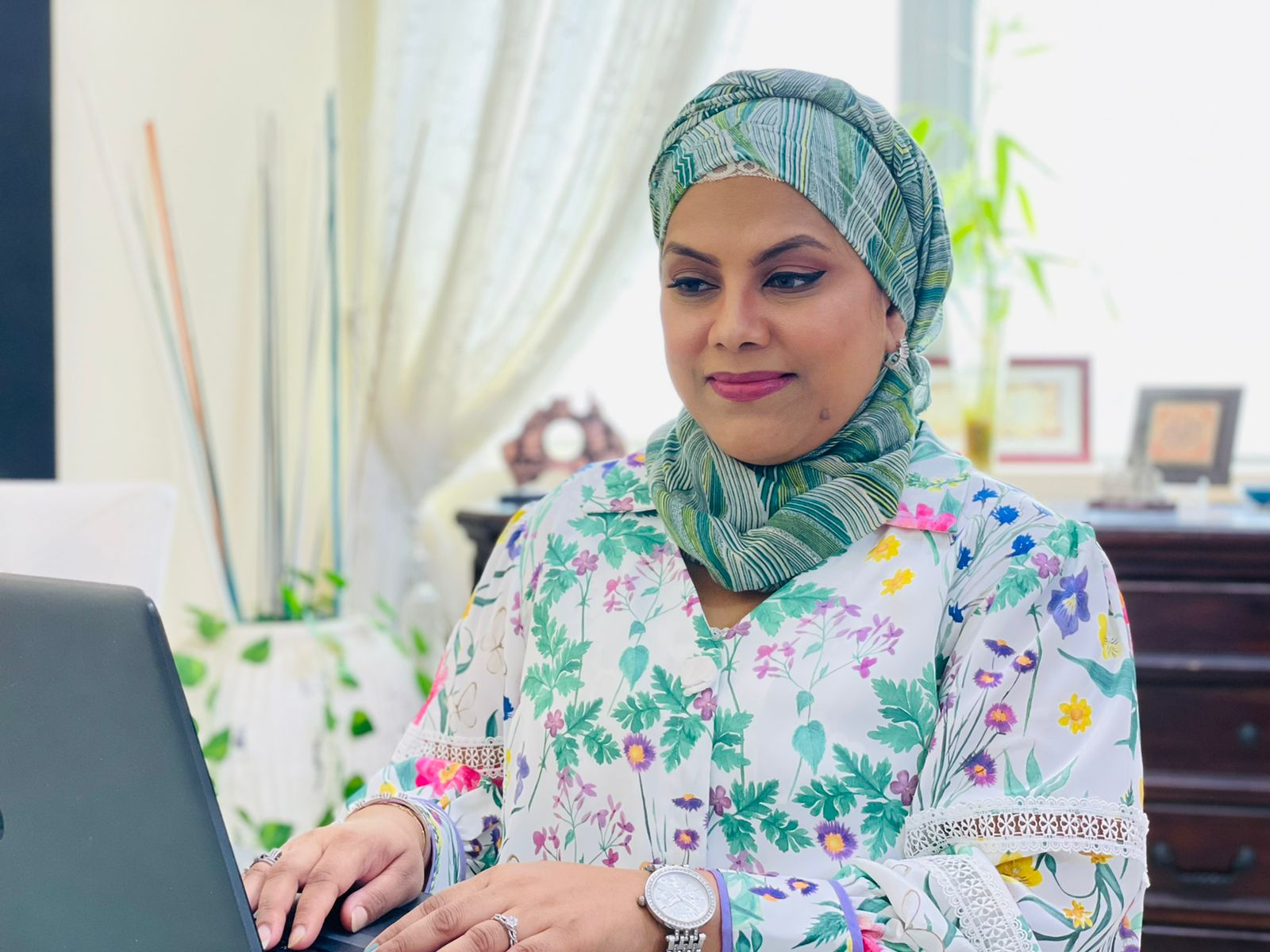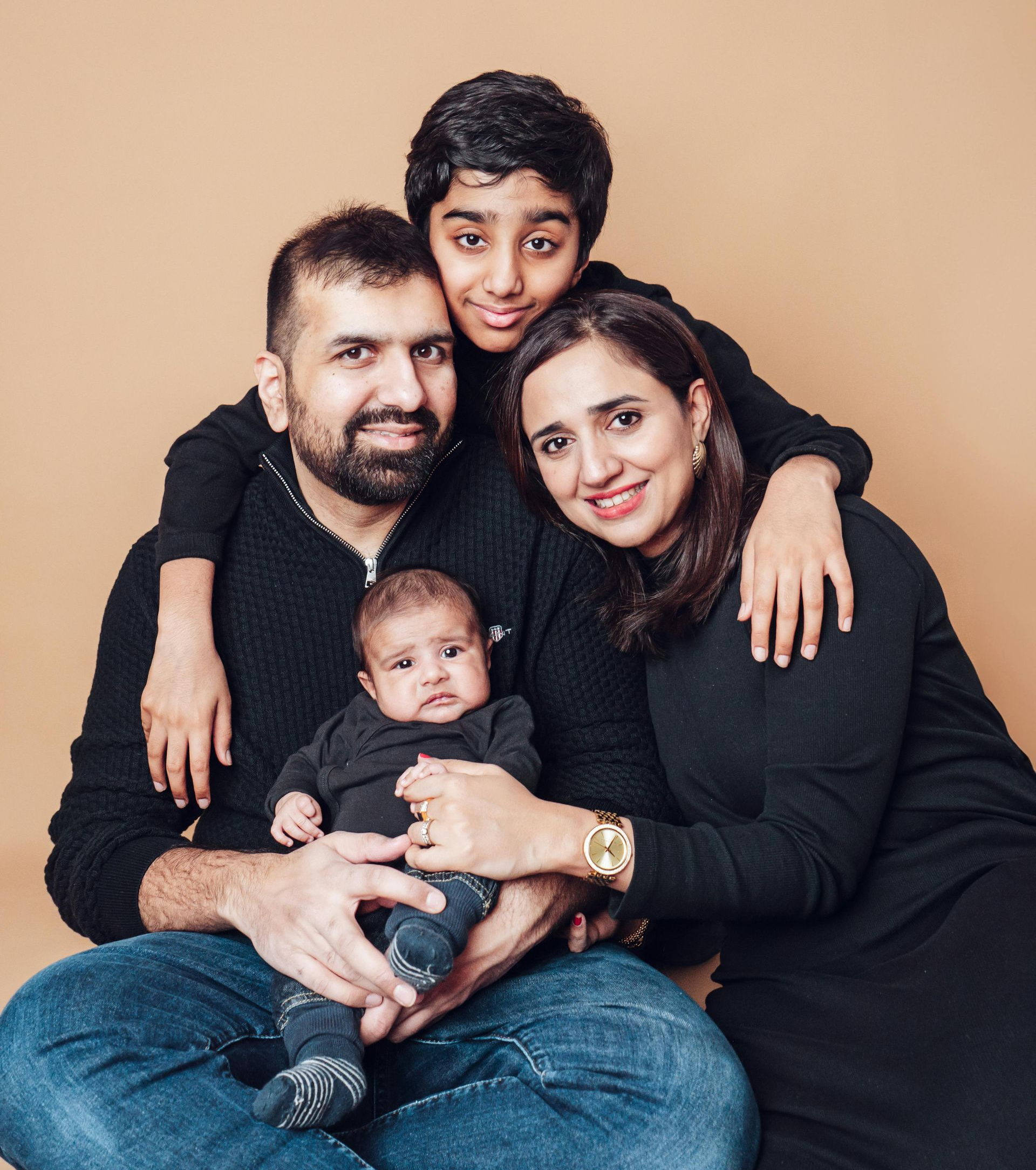What is a play?
"PLAY" is very difficult to define, but it is a word that is widely used in the field of early years. It is probably one of the least understood aspects of an early years practitioner's work but one of the most important elements of childhood.
Why is play important?
Play does not mean just building with blocks or playing with cars. It is the most natural form of acting and thinking characteristics for children. It is one of the main ways in which children learn and develop. Young children developed many skills through play, e.g. communication, language skills, emotional and social skills. Play develops the whole child.
What are the different types of play?
There are different types of play which has an important role in the development stage of a child. Let's take a closer look at each of these play types and find out how to support children to make the best out of playtime.
Physical play:
Physical play is one type of play that involves physical skills and movement. It promotes a child's health which is linked with all areas of a child's development. The brain works better when children have plenty of fresh air and exercise. That's why outdoor and indoor physical play is important for children's development and learning. It helps children express ideas and feelings, explore what their bodies can do, cooperate with others, increasing control of fine movements.
Physical play helps set children’s Healthy body and mind mind. Children’s co-ordination is also developed as many of the skills involved in this play. This play encourages children’s social development and often bring their imagination. Acrobatics, climbing, balancing, swinging, running for fun, push/pull toys and ride-on toys, construction games are some of the examples of physical play.
Creative play:
Creative play allows children to explore and experience using different media, such as material or music. It allows children to use their imaginations and express themselves freely. It is not about having an end product or producing things to display or taken home. Adults can encourage creative play by offering children a range of materials and play opportunities. It helps children with their physical coordination, develops relations with people, confidence and self-esteem, positive thinking and language development. Painting, model-making, drawing, dancing, music, sand, and water play are some of the examples of creative play.
Imaginative Play:
Children learn from experience: from what happens around them, to absorb those experiences and make sense of the world, they need to be engaged in imaginary play. It's been found that when young children use their imaginations in play, they're more creative. It's been found that when young children use their imaginations in play, they're more creative, express a range of emotions and gives them feelings of powerfulness. This type of play presents children with a variety of different problems to solve and scenarios to think. Children engage in play by actively experimenting with the social roles of life. Roleplay like playing with dressing-up or play in the home corner, small world play, etc.
Imaginative play will depend on the age and development stage of the child e.g. role play - taking part e.g. policeman; Playing House - the children act out what they see at home e.g. cooking; Imaginative - the children act out their experiences but adapt those experiences to meet their play needs e.g. going for a walk; the children pretend to do something they have heard or seen e.g. going to the hospital; playing the role of an imaginary character from the world of television e.g. Fireman Sam.
Sensory Play:
Sensory play is the type of play activities that stimulate children's senses. Most sensory play focuses on stimulating smell, taste, sight, touch, and hearing. It is important to understand children learn from senses like, touch, see smell Sensory play includes any activity that stimulates a young child's senses.; touch, see, smell, hear, and taste. Sensory activities promote exploration and encourage children to use scientific processes while playing, creating, investigating, and exploring. Some of the examples of sensory play are like playing with natural objects, sand play, water play, etc.
